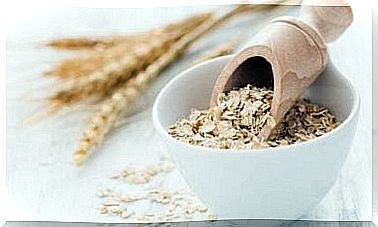4 Tips To Do Squats Correctly
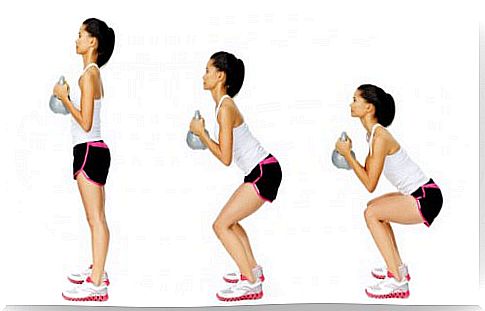
Physical activity is very important, especially when doing sedentary work. There are more and more people who engage in a sporting activity or the other to keep fit or to correct some small cosmetic defect. For this purpose in gyms we are advised to perform squats.
What are squats?
Conventional or with variations, squats are the best way to tone the lower body.
Broadly speaking, it is an exercise that allows us to work the muscles, tendons and ligaments intensely. Ideal for developing strength, but also the tone of the muscles, sometimes a little hypertrophic, of the buttocks, thighs and calves.
There are various types of squats: the choice of exercise depends on which part of the body needs to be stressed the most.
The problem is that the right attention and care is often not given to the execution of the exercise. A poorly constructed squat, however, can have more than one repercussion, including injuries.
These can affect the different parts of the body involved in the movement, but usually the knees pay the consequences of an incorrect sequence.
4 tips for doing squats at their best
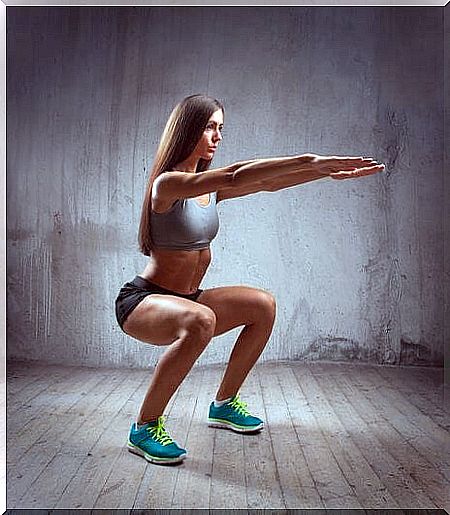
With all this in mind, it is worth reviewing a few rules that will allow us to improve the squat technique. In this way, we not only avoid getting hurt, but we will enhance the results.
1. Distribute the weight well
In the initial phase of the squat, your body weight would tend to focus on the toes (the metatarsal area). It is one of the critical moments for injuries, when the back loses stability and tends to move forward.
- The advice, in this case, is to distribute the weight correctly, trying to bring it as much as possible towards the heels. In this way the back is kept erect.
- It should be noted that when the midline of the torso (lumbar, oblique and central abdominal muscles) is also toned, it is much easier to keep the weight well distributed.
2. Maintain the correct position
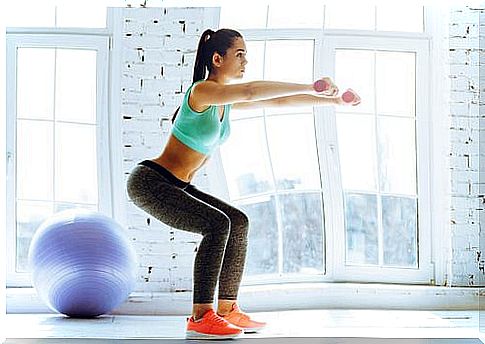
One of the most common mistakes in carrying out this exercise is to lose posture, which is decisive if we want to achieve a good result.
- The back should remain straight and aligned with the rest of the body.
- The gaze and head must be facing forward.
- The shoulders should be kept well back: this contributes to better breathing and safer execution of the exercise.
We will maintain this posture throughout the duration of the exercise (both in descending and ascending).
Generally speaking, the back should never sag or round.
3. Get off to a good start
Although there are multiple variations of this exercise, the starting position is usually the same.
One of the common mistakes is to start the squat without paying proper attention to the starting position.
Typically, this exercise is undertaken with the aim of increasing the volume of the glutes and hamstrings. While it is a fair goal, the results go further. Focusing solely on these results leads us to approach squats in an incomplete way and, sometimes, to injure ourselves.
To start the sequence well, first of all, take a good position with the whole body.
Legs are spread shoulder-width apart, feet firmly planted on the ground.
Recall that the initial position can be subjective; it is therefore essential to check that the body is stable before starting the sequence.
4. Get off as much as you can
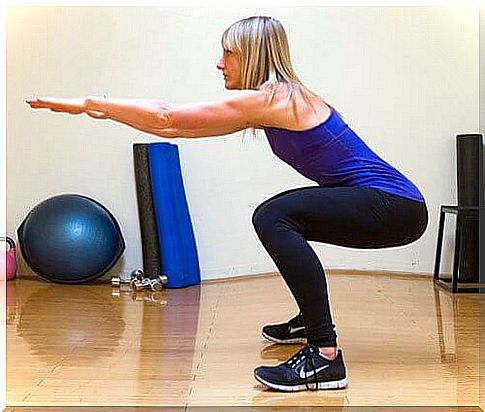
The idea is to go down as far as possible, until your thighs are parallel to the floor
Seeking maximum depth in the squat does not justify breaking the correct posture, which could cause damage.
A deeper descent certainly means greater strain on the muscles, tendons and other segments of the area.
As always, the exercise must be adjusted according to our possibilities and our athletic preparation.
Each physical constitution is characterized by a personal muscular power and diameter of the bones (especially of the femur, tibia and fibula), factors that condition the final position of the squat.




